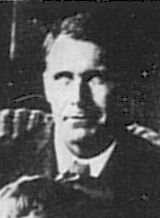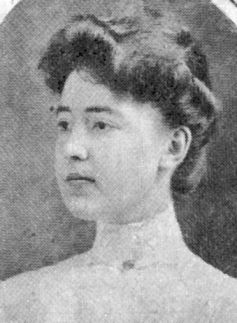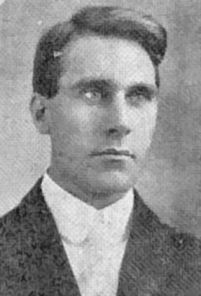View entry
Name: CHILSON, Arthur Benton (Rev.)



Birth Date: 16.6.1872 Le Grand, Iowa
Death Date: 14.1.1939 Kitega, Burundi
Nationality: American
First Date: 1902
Profession: Missionary with the Friends' African Industrial Mission (American), mostly in the Kisumu area. Kaimosi was HQ
Area: Mostly Kisumu area, Kaimosi
Married: In Van Buren, Indiana 6.3.1907 Anna Edna Hill b. 10.10.1881 Thorntown, Indiana, arrived in EA 1906, d. 25.12.1945 Kitega
Children: Esther Anna (Choate) (1.2.1908 Kaimosi-2001); Rachel Edna (9.2.1910 Kaimosi-1996)
Book Reference: Gillett, Weller, Kenya Diary, EAHB 1905, Red 25, Hut, North, Playne, Drumkey, Red 22, EAHB 1906, Nicholls, EAHB 1904, EAHB 1907, Anderson Church, Red Book 1912
General Information:
Africans living around Kaimosi, which was in a kind of no-man's-land between the Tiriki and the Nandi. However, the presence of the mission station and further attempts by the British to 'pacify' the Nandi soon brought the inter-ethnic fighting to an end, and as a result many Tiriki moved into the area and settled around Kaimosi."
At the beginning the missionaries had to use a very large part of their time in establishing the industrial mission they wanted. As soon as possible a dam was built across the Goli Goli river, and a watermill was erected for sawing timber and grinding grain. Forest was cleared, crops were planted, and many houses were built. In later years the large sums of money invested at Kaimosi became an important factor in determining mission policies, leading to the concentration of the majority of Quaker institutions there." Some of their supporters at home soon began to criticize the missionaries for spending so much time on practical work instead of preaching the Gospel. But for the missionaries themselves, with their background in pioneer rural communities of the American Midwest, it was natural to set about creating a physical environment suitable to their needs, and they saw no conflict between this type of work and their wish to preach Christianity to the Africans. On the contrary, when Arthur Chilson went home on furlough in 1905 and was criticized along these lines, he ignored his critics and took a new water turbine back to Kenya with him." And a few years later, when he was constructing roads north of Kaimosi, he saw his presence at the road site and the opportunities it afforded for preaching the Gospel to the workmen as a legitimate part of his work as an evangelizing missionary, and as a means of stopping the advance of the Roman Catholics who had shown an interest in starting work in the same area."
In spending so much time on construction and other practical work the Quaker missionaries had adopted Willis Hotchkiss's plans for an industrial mission which, as described above, was intended to serve the double purpose of 'cleansing' the Africans' social conditions and enabling them to earn an income from which they could support their church." They believed, like many other missionaries, that in order for Africans to become true Christians it was necessary not only to preach the Gospel to them but also to teach them many aspects of the Western way of life."
Chilson left Kaimosi in Jan 1928 on leave and the American Friends Board of Missions decided not to send him back, apparently because they found his evangelistic theology too revivalistic.
